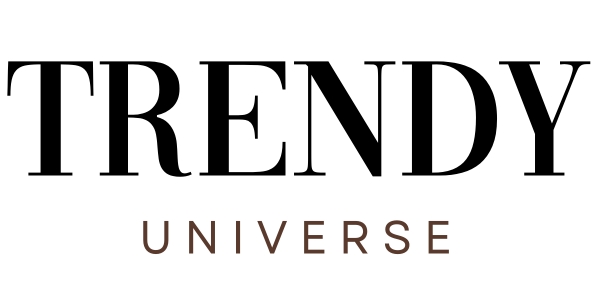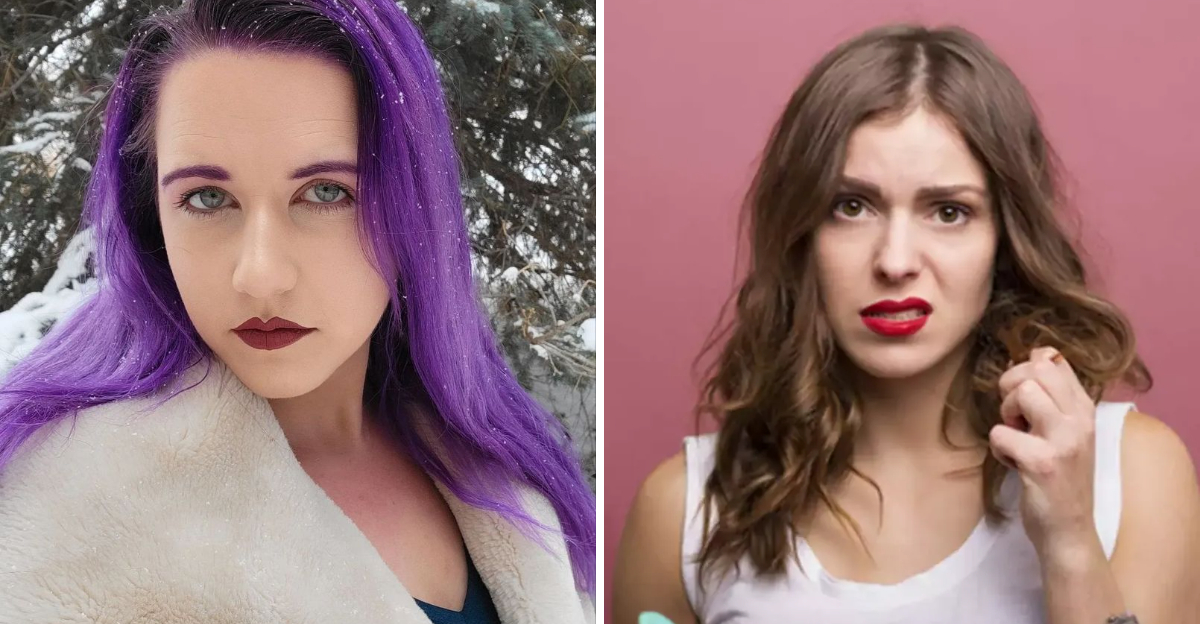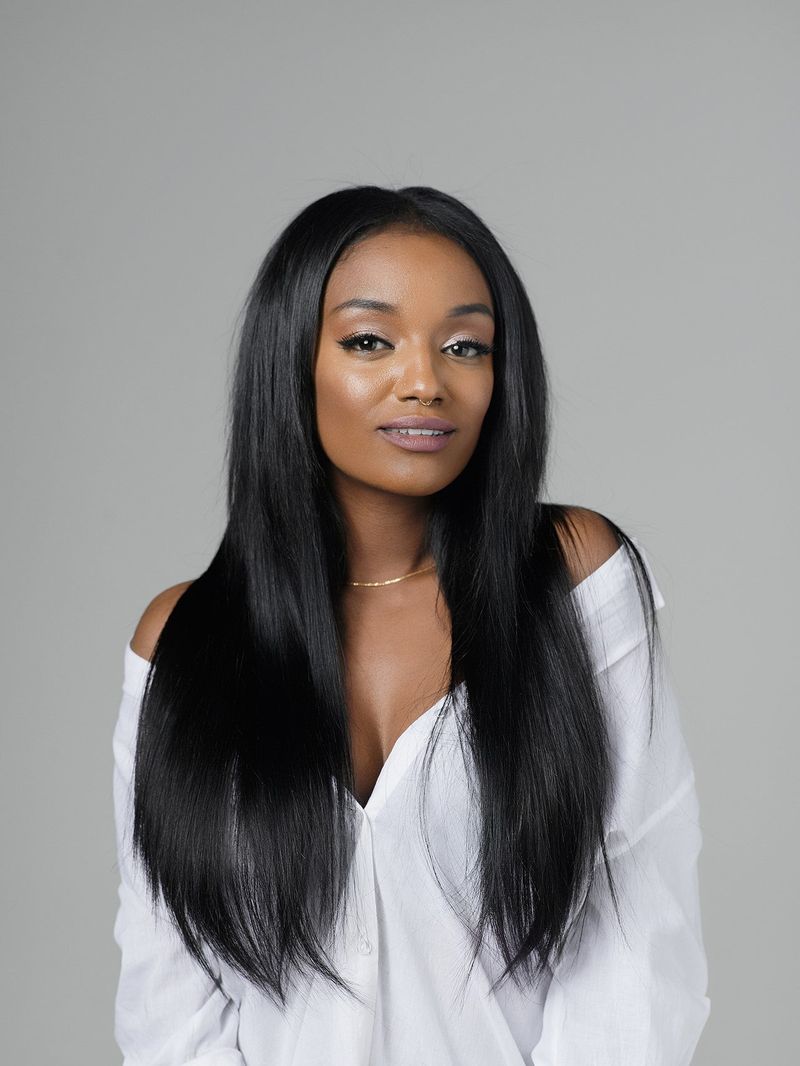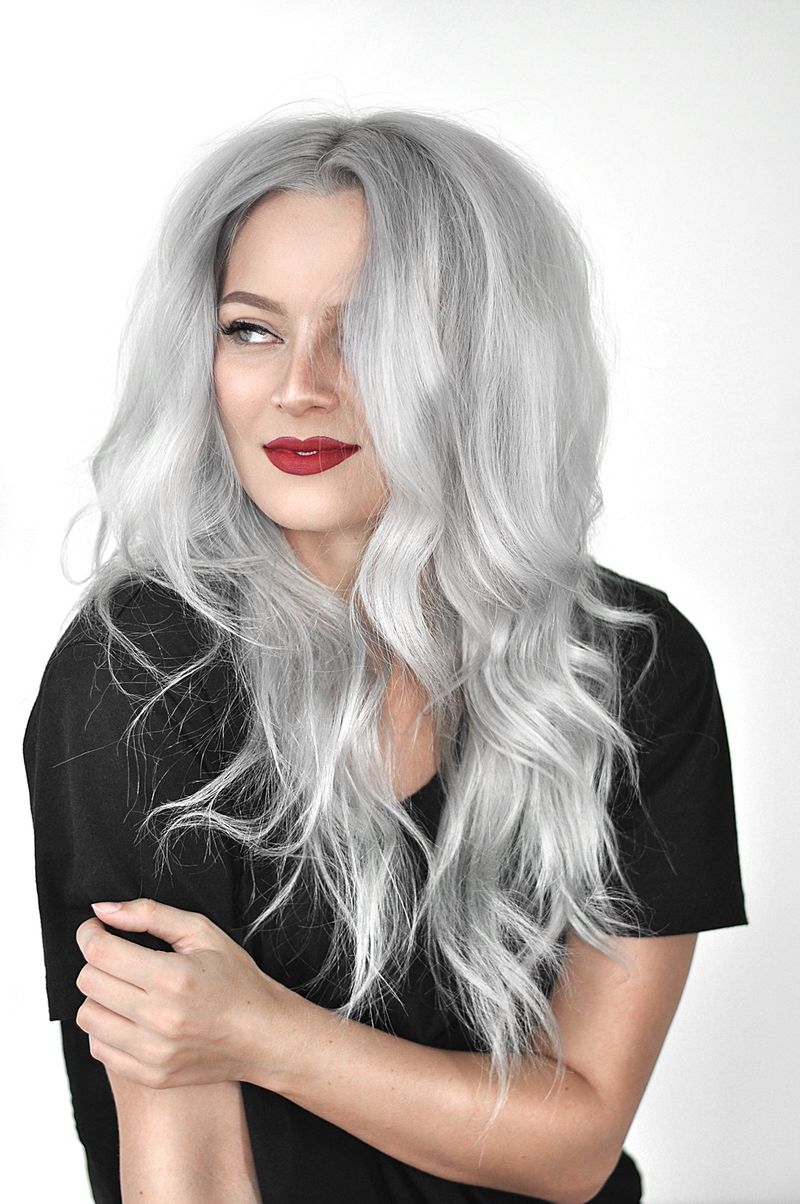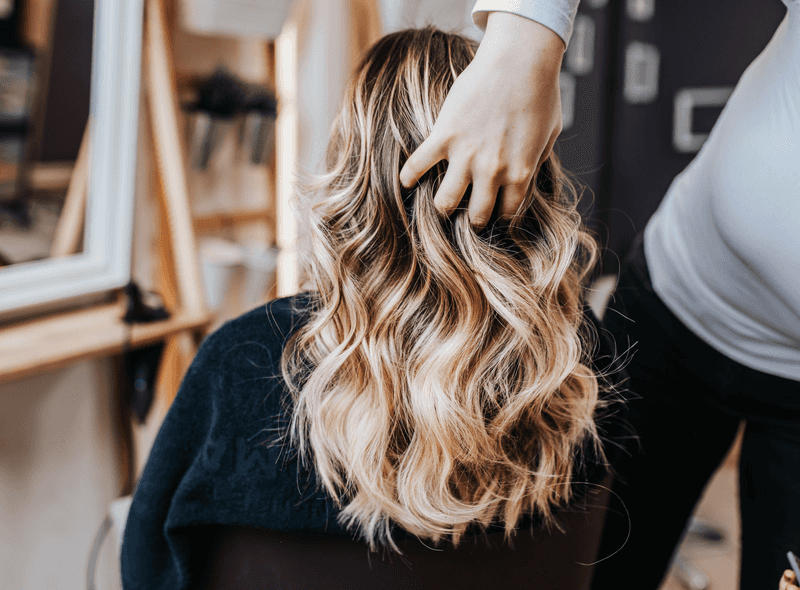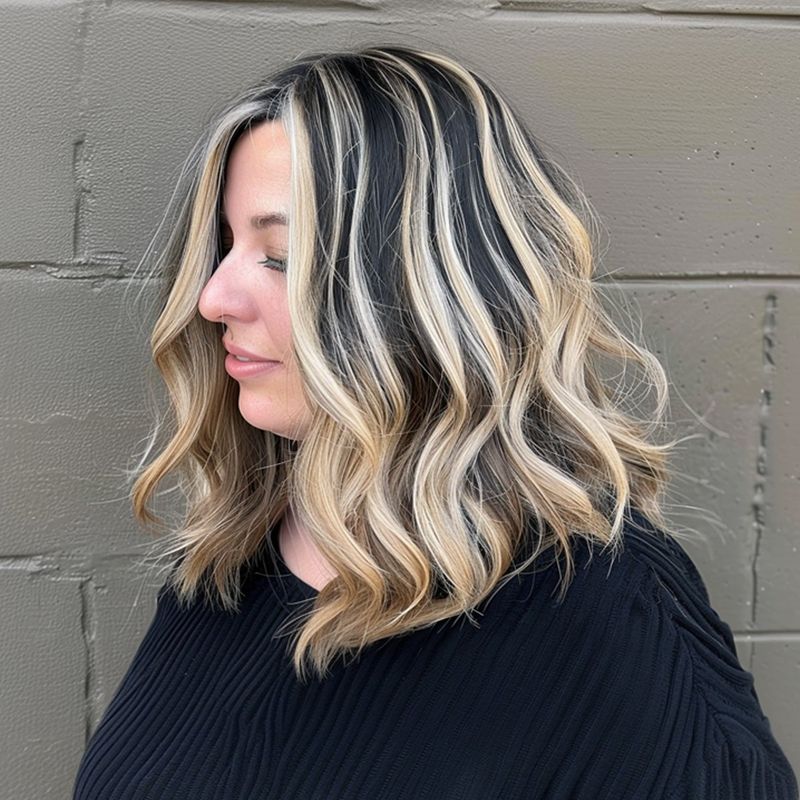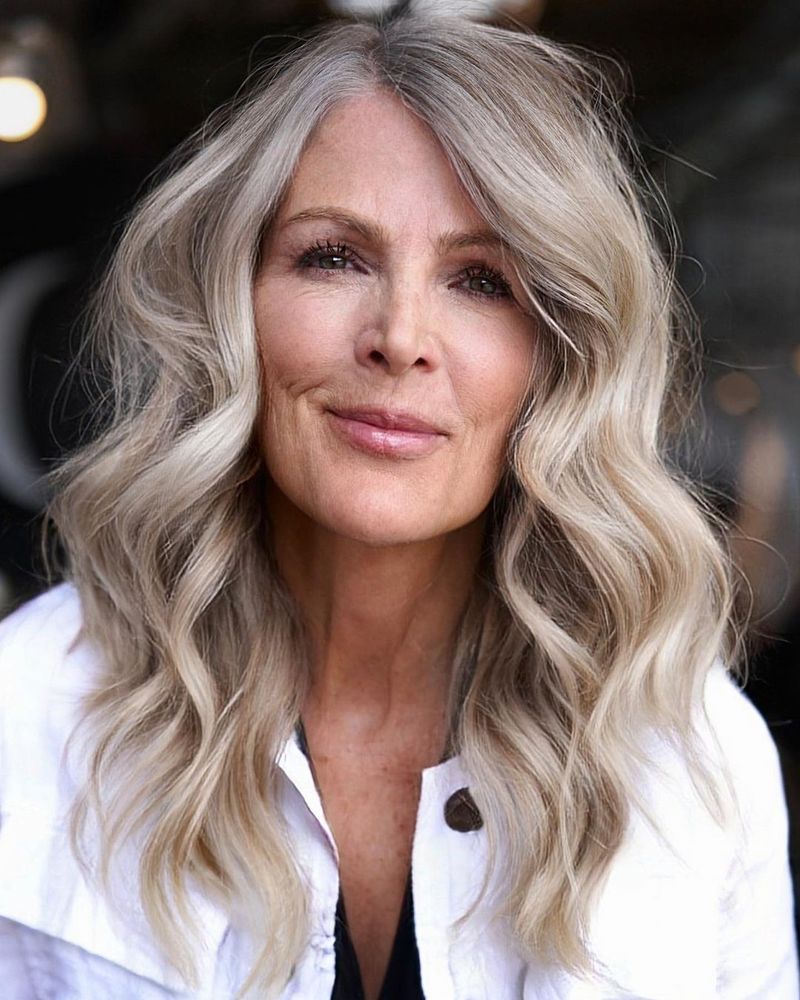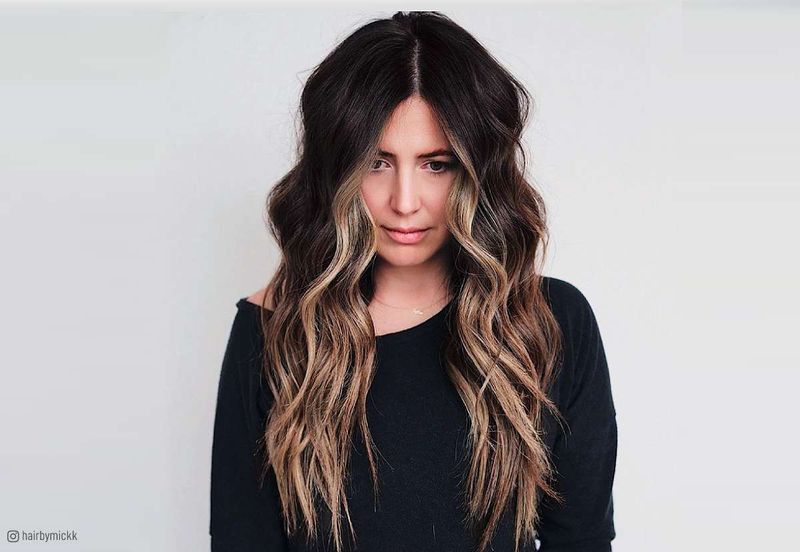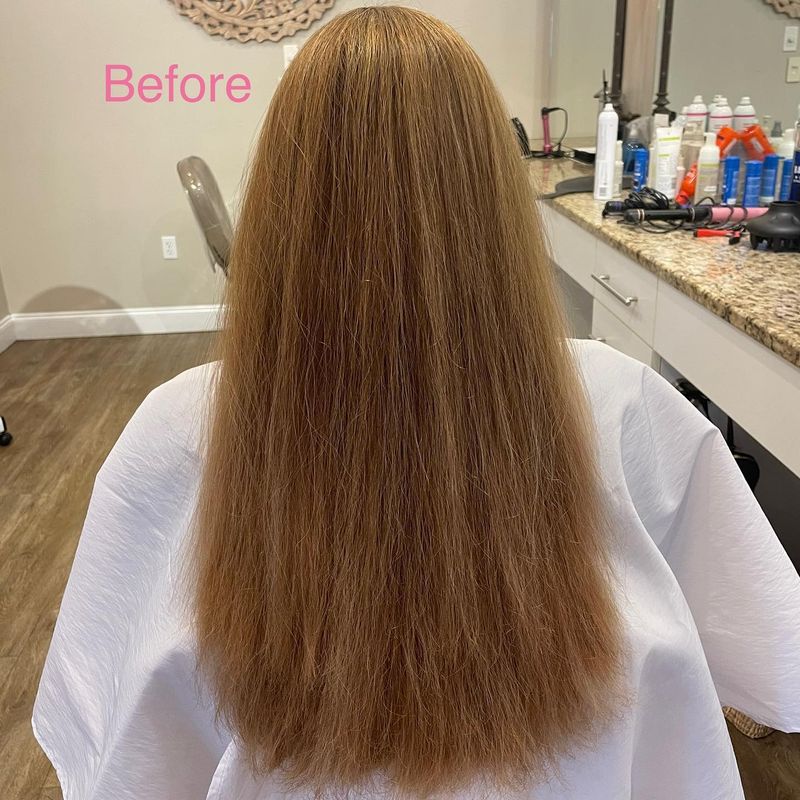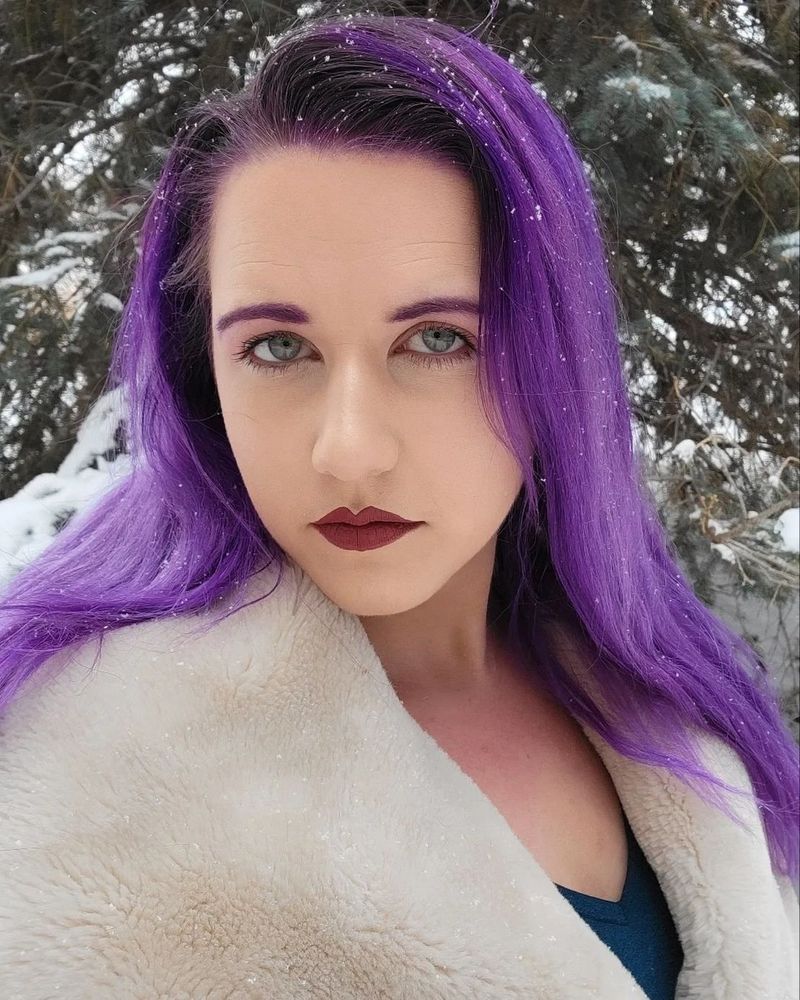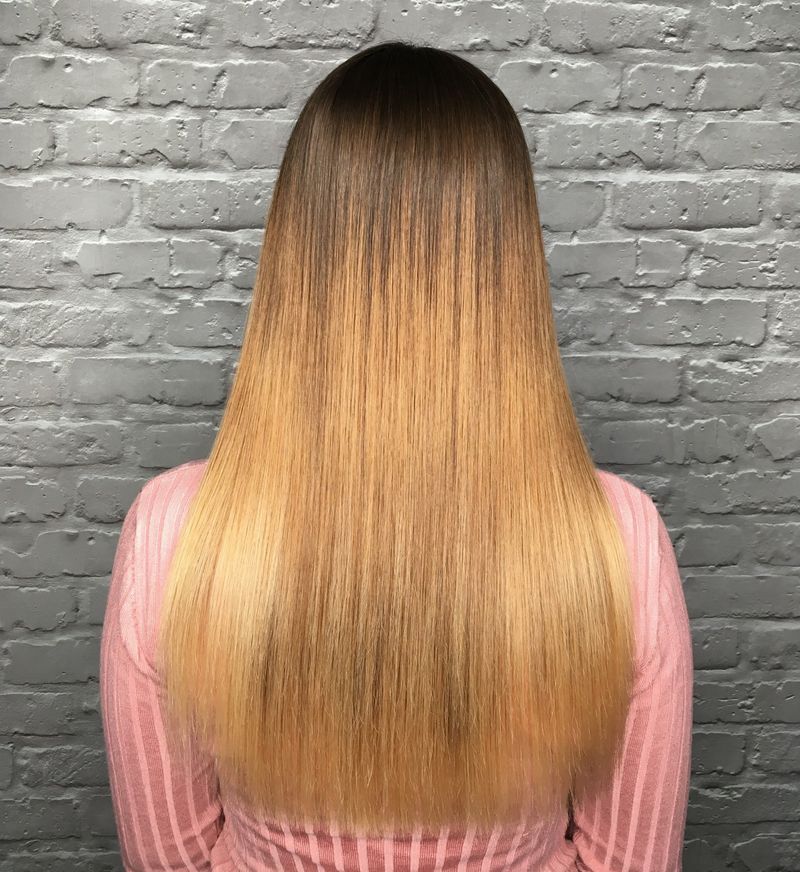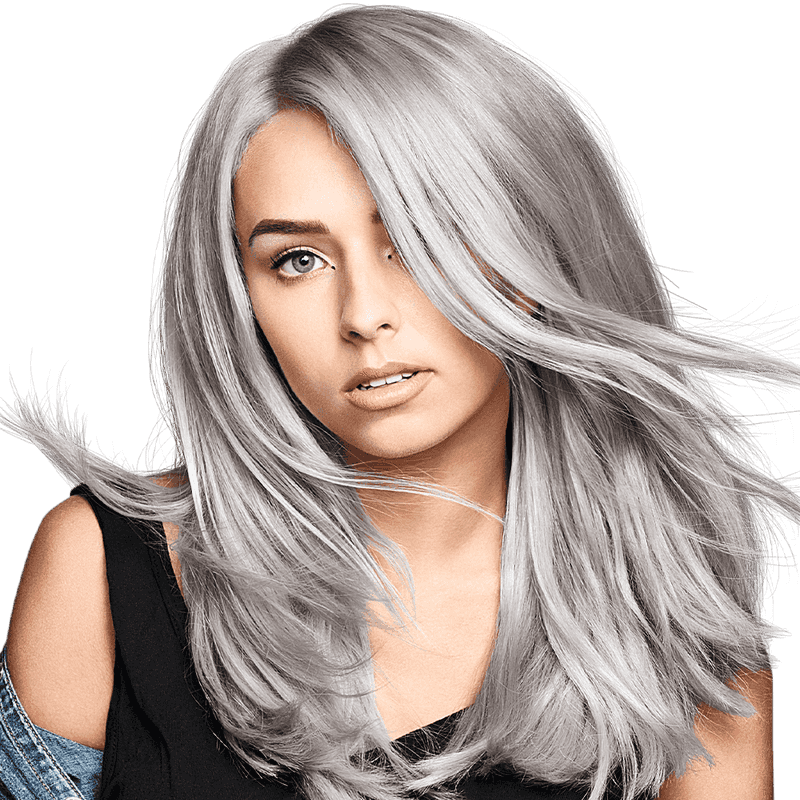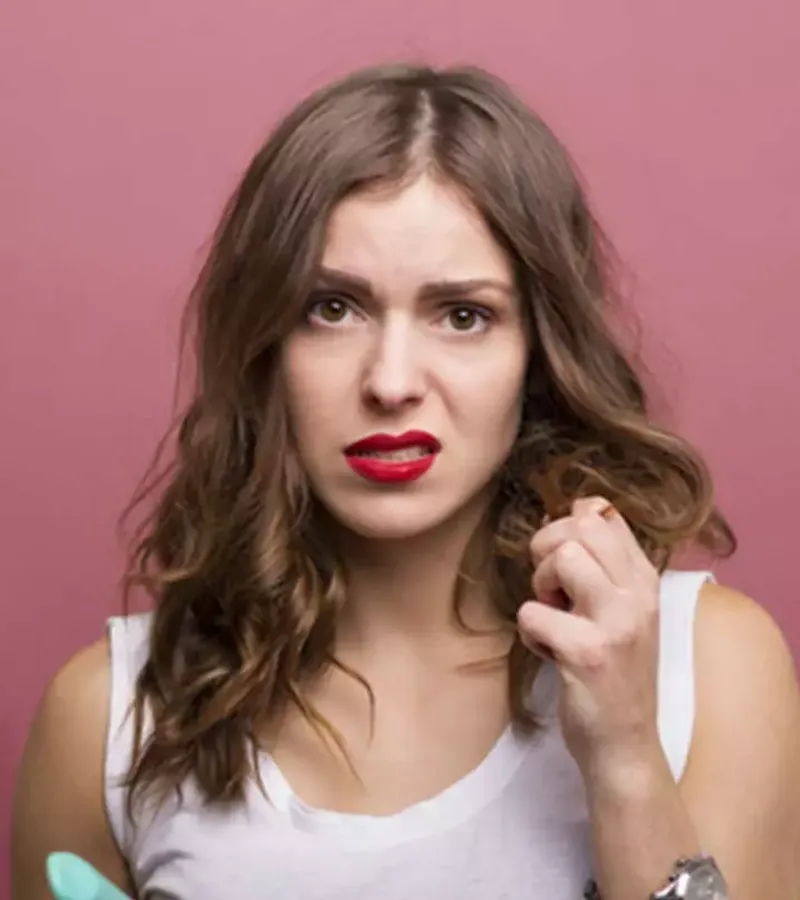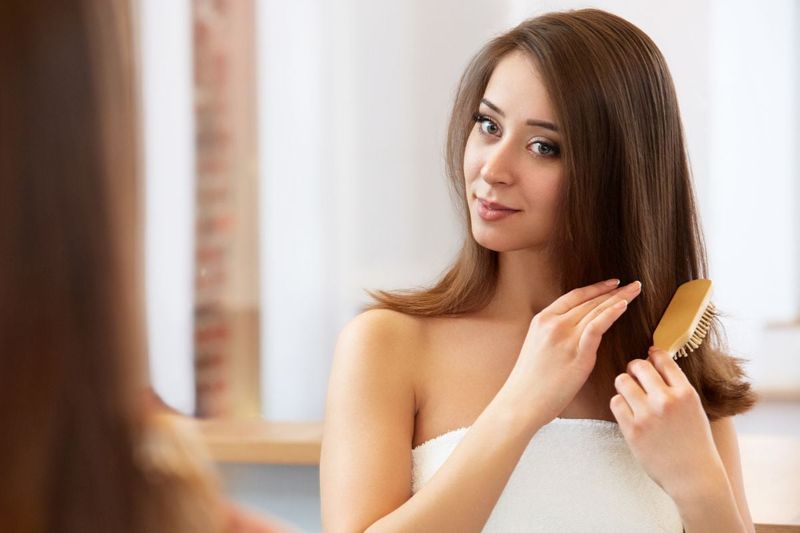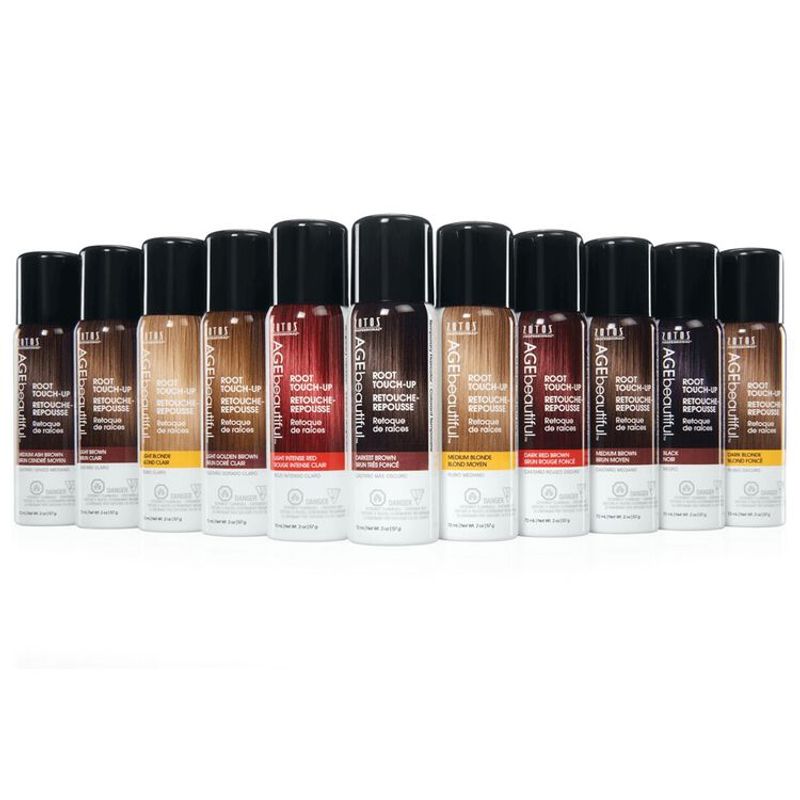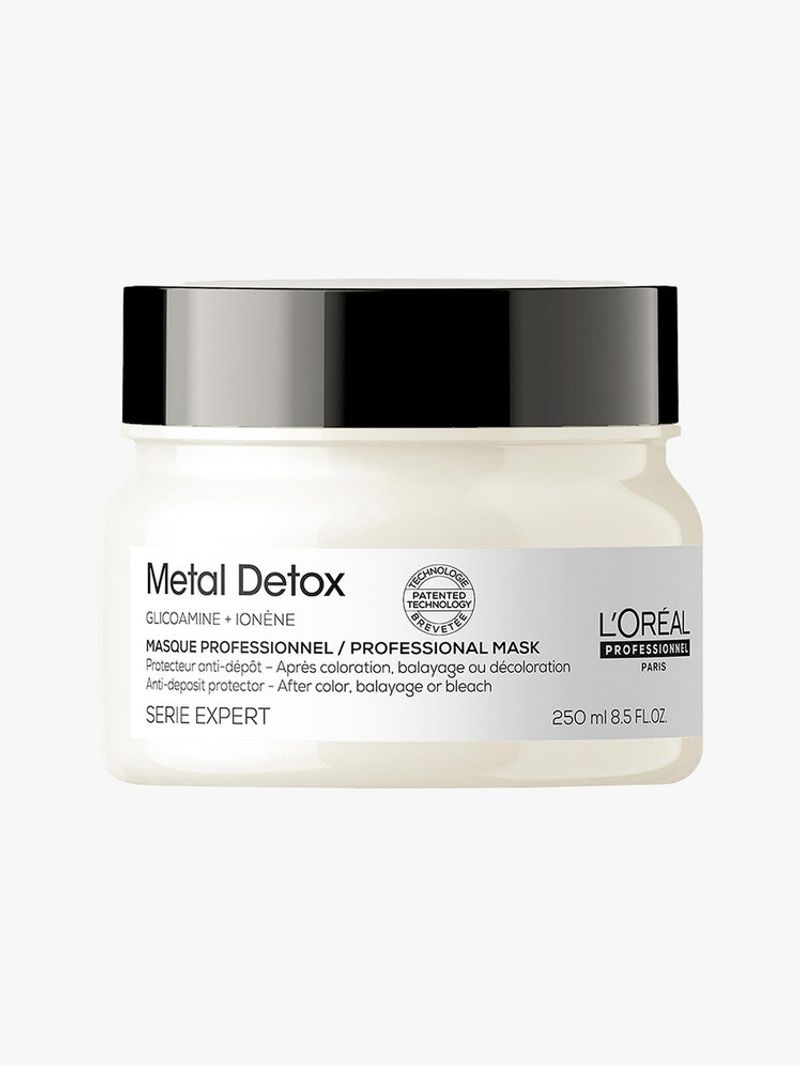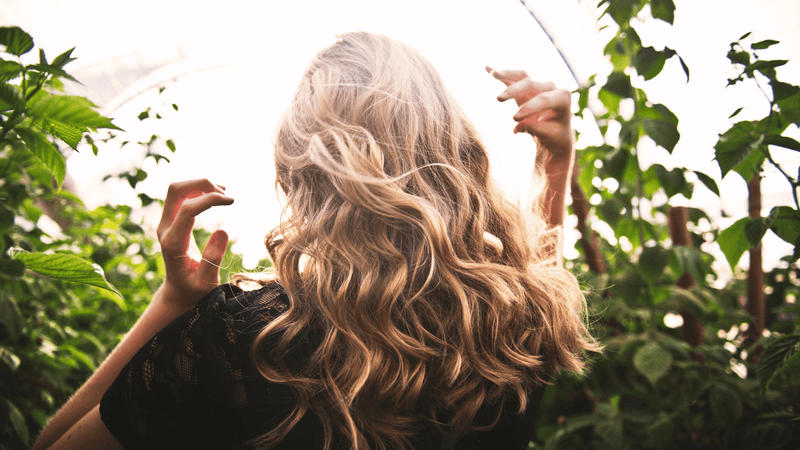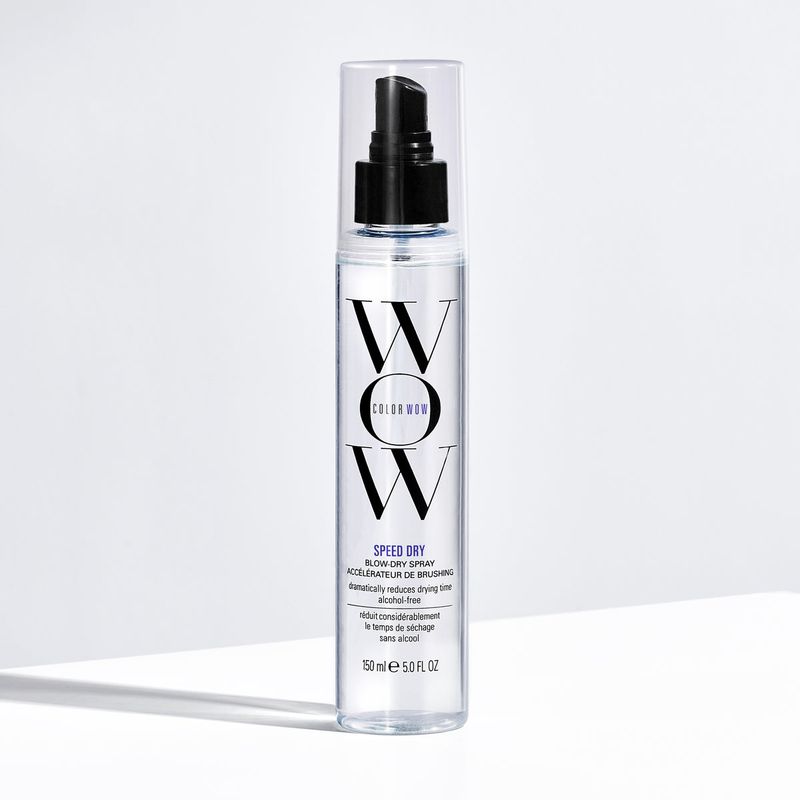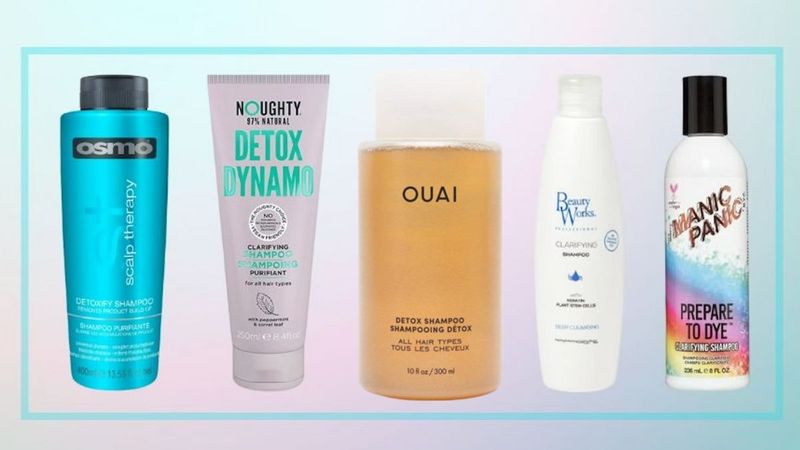Hair color can make or break your look, especially as you age. What worked in your 20s might add years to your appearance now. With 2025’s new coloring trends and technologies on the horizon, it’s the perfect time to update your hair color knowledge and avoid choices that could be aging you prematurely.
1. Jet Black All Over
Solid black dye creates a harsh contrast against aging skin, highlighting fine lines and wrinkles. The unnatural darkness draws attention to facial imperfections rather than complementing your features.
Opt for softer black shades with subtle dimension instead.
2. Platinum Blonde Overload
Bleaching your entire head platinum can drain the warmth from your complexion. This ultra-light shade often appears brassy or yellow over time, emphasizing skin discoloration and creating a washed-out effect.
Your scalp will thank you for choosing gentler options!
3. Ignoring Your Roots
Neglecting regular root touch-ups creates a stark, unflattering line of demarcation. This harsh contrast between your natural color and dyed hair instantly ages your appearance by drawing attention to growth patterns.
Regular maintenance keeps your look fresh and intentional.
4. Single-Process Color Only
Flat, one-dimensional color lacks the depth that naturally youthful hair possesses. This cookie-cutter approach creates an artificial look that can appear dated and dull against mature skin.
Natural hair has multiple tones that catch the light beautifully!
5. Heavy Chunky Highlights
Those thick, stripey highlights popular in the early 2000s create a dated look that ages you instantly. The harsh contrast between colors lacks subtlety and can make your hair appear processed and damaged.
Modern highlighting techniques offer much more natural results.
6. Ashy Tones on Warm Skin
Cool, ashy colors clash with warm skin undertones, creating a disconnected look between your hair and complexion. This mismatch can make skin appear sallow or tired rather than vibrant and youthful.
Color harmony between hair and skin is key to a fresh appearance.
7. Ignoring Your Hairline
Applying dark color too close to your face creates a harsh frame that accentuates fine lines. This common mistake draws unwanted attention to facial aging and can make your hairline appear artificial or wiglike.
Face-framing techniques should soften, not harden, your features.
8. Over-Processed Ends
Repeatedly coloring your entire length leads to brittle, frayed ends that look damaged and old. These parched tips absorb color differently, creating an uneven, faded appearance that lacks the shine of healthy hair.
Damaged ends can add years to your overall look.
9. Matching Eyebrows to Hair
Dyeing eyebrows to match dramatically different hair color creates an unnatural, aging appearance. This mistake disrupts facial harmony and can make features appear harsh or cartoonish rather than naturally beautiful.
Brows should complement, not exactly match, your hair color.
10. Brassy Orange Undertones
Unwanted warm tones that develop in colored hair create a cheap, artificial look. This orange or brass effect is particularly aging on gray coverage, making the color appear obviously fake instead of naturally youthful.
Regular toning treatments help maintain your ideal shade.
11. Box Dye Dependency
Mass-market box dyes often contain harsh chemicals that damage hair over time. These one-size-fits-all formulas can’t account for your unique hair history, leading to unpredictable results and buildup that dulls your look.
Professional color is an investment in your appearance.
12. Metallic Dyes
Some budget colors contain metallic salts that build up and create unpredictable chemical reactions. These problematic ingredients can prevent successful color corrections and cause breakage when mixed with other products.
Always check ingredient lists before committing to a new color.
13. Peroxide-Heavy Formulas
High-volume developers strip hair’s natural moisture and protein structure. These aggressive formulas might deliver quick results, but the damage they cause creates frizzy, brittle strands that age your overall appearance significantly.
Gentler alternatives take longer but preserve hair health.
14. Ammonia-Loaded Products
Traditional ammonia-based colors open hair cuticles aggressively, causing unnecessary damage. These harsh formulas might deliver vibrant results initially, but they accelerate aging by breaking down hair’s internal structure over time.
Modern ammonia-free alternatives offer gentler processing.
15. Quick-Fix Gray Sprays
Temporary color sprays leave residue that makes hair look dull and matte. These products often create an unnatural texture that can flake or transfer onto clothing, pillowcases, and even your face throughout the day.
They’re convenient but far from flattering.
16. Silicone-Packed Color Masks
Color-depositing masks often rely on heavy silicones to create temporary shine. While they look impressive initially, these products build up over time, preventing moisture from penetrating and creating a plastic-like coating that dulls with age.
True hair health comes from within.
17. UV-Unprotected Formulas
Many popular dyes lack UV filters, leaving your color vulnerable to sun damage. Without this protection, even premium colors fade quickly and develop unwanted tones that can add years to your appearance in just a few weeks.
Sun protection isn’t just for skin!
18. Alcohol-Based Color Refreshers
Quick color boosters often contain drying alcohols that strip moisture with each use. These dehydrating ingredients provide temporary color enhancement at the expense of your hair’s natural bounce and luster.
Healthy-looking hair needs hydration, not just color.
19. Harsh Clarifying Shampoos
Stripping shampoos marketed for color-treated hair often contain sulfates that fade your investment quickly. These aggressive cleansers might feel satisfyingly sudsy, but they’re essentially washing your color (and money) down the drain with each use.
Gentle cleansing preserves vibrant color.
